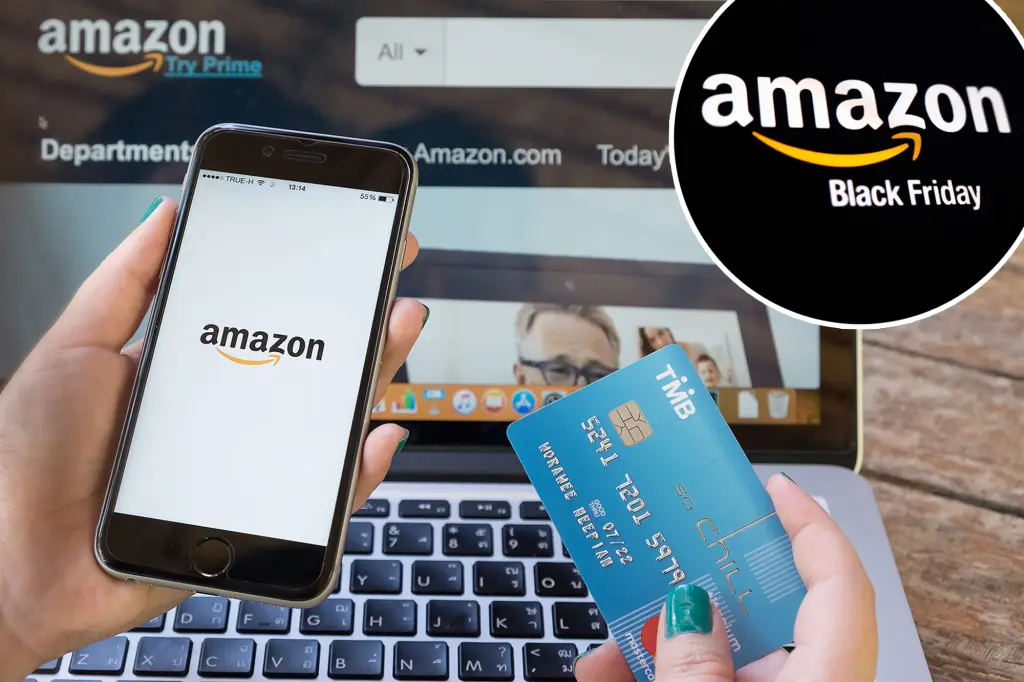The Truth Behind Amazon’s Black Friday Pricing Strategy
As we approach the holiday season, a viral TikTok video has been making waves with claims about Amazon’s pricing tactics in October. According to content creator Rarely Co., shoppers should avoid making purchases on Amazon during October due to a questionable pricing strategy that may affect Black Friday deals. The video, which has garnered nearly 2 million views, suggests that Amazon requires sellers to use the average price from the previous six weeks to establish their Black Friday sale prices. This allegedly incentivizes brands to artificially inflate their prices starting October 1st, only to slash them for Black Friday—creating the illusion of steep discounts that aren’t actually as valuable as they appear.
This practice of “fake discounting” plays into consumer psychology in a significant way. Both e-commerce platforms and physical retail stores understand that bombarding customers with seemingly spectacular Black Friday deals triggers impulse buying. Many shoppers feel compelled to make purchases simply because they believe they’re getting a bargain, or they use the perceived discount as justification to splurge on high-ticket items they might otherwise avoid. The TikToker suggests that while Black Friday deals might not be as impressive as they seem, waiting until the post-Thanksgiving shopping weekend is still preferable to making purchases in October when prices are potentially being artificially inflated.
While Amazon has not commented specifically on these claims, this controversy emerges against a backdrop of other consumer protection issues facing the e-commerce giant. Recently, the Federal Trade Commission (FTC) took action against Amazon for allegedly using “sophisticated subscription traps” that enrolled users in Prime memberships without proper consent. This serious accusation resulted in a substantial $2.5 billion settlement that will be distributed to affected customers. FTC Chairman Andrew N. Ferguson emphasized the significance of this action, stating, “Today, we are putting billions of dollars back into Americans’ pockets, and making sure Amazon never does this again.” This settlement represents a major win for consumer advocates who have long criticized certain practices by online retailers.
For consumers wondering if they might be eligible for a portion of this settlement, there are specific criteria to meet. You must be a U.S. customer who either signed up for Amazon Prime or attempted to cancel your Prime subscription between June 23, 2019, and June 23, 2025, and experienced difficulty with the cancellation process. While the prospect of receiving money from this settlement might sound exciting, it’s important to temper expectations—eligible customers will receive approximately $51 each, according to CNN. If you meet all the criteria, you can expect to receive an automatic refund within 90 days of the FTC order without needing to take any additional action.
The allegations about October price manipulation and the FTC settlement highlight broader concerns about transparency in e-commerce pricing and subscription practices. Many consumers may be unaware of the behind-the-scenes tactics that influence the prices they see, particularly during major shopping events like Black Friday. While retailers have always used psychological pricing strategies, the digital marketplace has enabled more sophisticated approaches that can be harder for consumers to detect. Price tracking tools and increased awareness of these tactics can help shoppers make more informed decisions about when to make purchases and whether advertised “deals” truly represent good value.
As we navigate this holiday shopping season, these revelations serve as an important reminder to approach “deals” with a healthy dose of skepticism. Rather than making impulse purchases based on advertised discount percentages, consider tracking prices over time, comparing across multiple retailers, and determining the actual value of items independent of their sale status. While Black Friday can still offer legitimate savings opportunities, being an informed consumer means looking beyond the marketing hype to ensure you’re getting genuine value for your money. And if you’re an Amazon customer affected by the Prime subscription issues, keep an eye out for that refund—it might not be a fortune, but it represents an important step toward holding major retailers accountable for their consumer practices.














